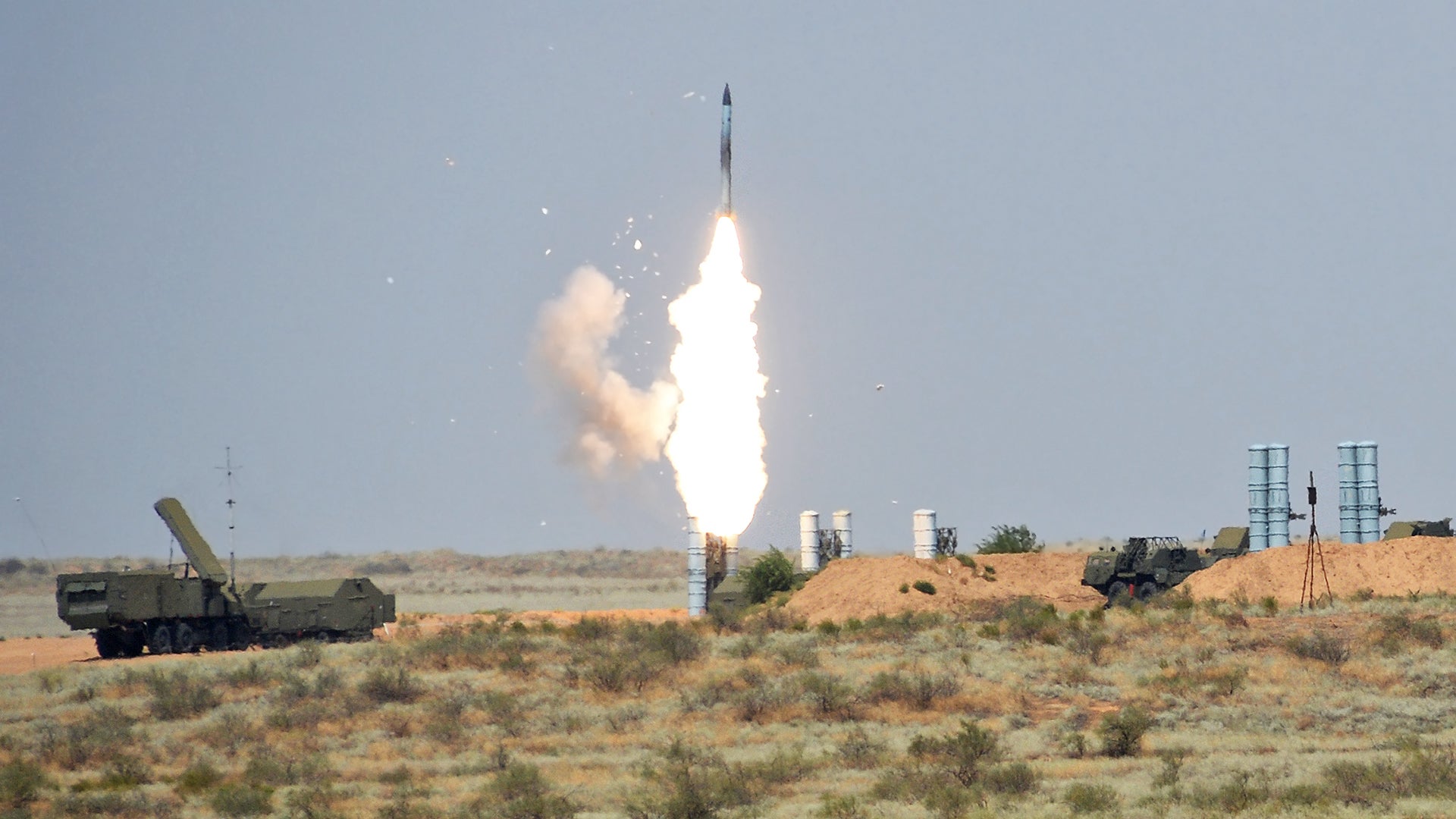Moscow said that Russia was prepared to swat Kiev’s missiles out of the sky with surface-to-air missiles located in fortress Crimea and on Russian warships in the Black Sea, but according to Ukraine, that never happened.
Last week Ukraine released a notice to airman (NOTAM) regarding a series of S-300 surface-to-air missile tests slated for December 1st and 2nd that would occur off the country’s southwestern shores. Moscow was unhappy with the planned exercise, saying the test area violated their airspace near Crimea—the land mass that they seized from Ukraine in early 2014. According to Ukraine, the test area was 18 miles from Crimean airspace and outside of the 12 mile internationally recognized border.
A revised notice to airman was posted yesterday that shifted the test area further from Crimean airspace, but Russia still seemed unsatisfied with the prospects of any missile test occurring at all. Ukraine fired back—verbally—saying that the missile test would occur in accordance to international law and would not threaten Crimean airspace in the least. Ukraine’s President Poroshenko stated:
“I want to emphasize that the launches are taking place in open sea over Ukrainian airspace, in full accordance with international law… The launches will go on regardless of any statement released by Moscow. The only reason that makes us conduct these exercises is the need to be consistently ready for any full-scale invasion from the side of our aggressive neighbor.”
Meanwhile, Russia’s MoD spokesman Dmitry Peskov said the following regarding the situation:
“In the Kremlin we wouldn’t want to see any actions by the Ukrainian side that breached international law and that might create dangerous conditions for international flights over the territory of Russia and adjacent regions.”
Peskov’s statement is ironic considering the downing of Malaysian Airlines Flight 17 over eastern Ukraine by a SAM, an incident for which Russia has been at least partially blamed. Then there is the fact that Crimea was seized from Ukraine via a military operation in a move that left little regard for international law. It’s also worth noting that Russia has held constant large-scale military exercises in the area since annexing the Peninsula, including long-range bombers. Additionally, Moscow has armed Crimea with its latest weaponry, including advanced jet fighters and surface-to-air and coastal anti-ship missile systems. Not to mention that Sevastopol is home to Russia’s Black Sea Fleet, which totally eclipses the meager naval capabilities of Ukraine. Furthermore, Russia’s surface combatants are stuffed with anti-ship and surface-to-air missiles, making the Black Sea a kind of inaccessible super missile engagement zone (SMEZ). The Black Sea Fleet force also includes thousands of Russia’s equivalent of Marines, and a flotilla of amphibious assault vessels that puts any beach Black Sea beach at risk of invasion.

All this has occurred as Russia deployed one of its most advanced SAM systems to the region. Yet the idea that Russia could shoot down one SAM with another seemed doubtful at best,—though it’s possible they could have attempted to take down the target drones the Ukrainian SAMs were slated to intercept.
Still, just hours before the test launch window opened, Russia supposedly released its own notice to airman stating that it would shoot down any missiles fired even within the revised test area.
Ukraine ended up firing the missiles as it had planned this morning, with the test being deemed a success by Ukrainian military officials. Two days were allotted for the exercise so more tests may occur tomorrow.

It is hard to understand how Ukraine’s test of a couple of defensive anti-air missiles is any threat to Russia—and the truth is that it isn’t. For Russia, it’s just another fulcrum from which to leverage Kiev with its military might. Russia’s propensity for over compensation in these matters does not just lie just in the abstract. Powerful officials in Moscow don’t only condemn the idea of the test, they actually float the idea of some sort of retribution for executing it. Konstanin Kosachev, the Foreign Policy Committee chair in the Russian parliament stated the following regarding the planned launch:
“We have will have to respond militarily… Of course this would be the least desirable scenario, and all of us must work to prevent it… But eight years ago the leader of another country that was in conflict with Russia, I’m referring to Georgia, decided to test our military. And we all know how that ended. I hope Ukrainian officials remember the lesson from that experience.”
As the rhetoric heats up over Ukraine’s innocuous missile tests, reports that Russia has rapidly amassed 55,000 soldiers and their equipment along the Ukrainian-Russian border. Another 30,000 are now stationed on Ukraine’s southern border in Crimea. The rapid buildup of fighting forces remains a mystery, but there are fears in Ukraine that those troops could quickly blitz into Ukraine. Then again Putin’s playbook is all about keeping adversaries guessing, and Russian snap deployments have become an all too common occurrence along Europe’s eastern border—a capability that has bewildered some NATO generals.
Contact the author Tyler@thedrive.com
